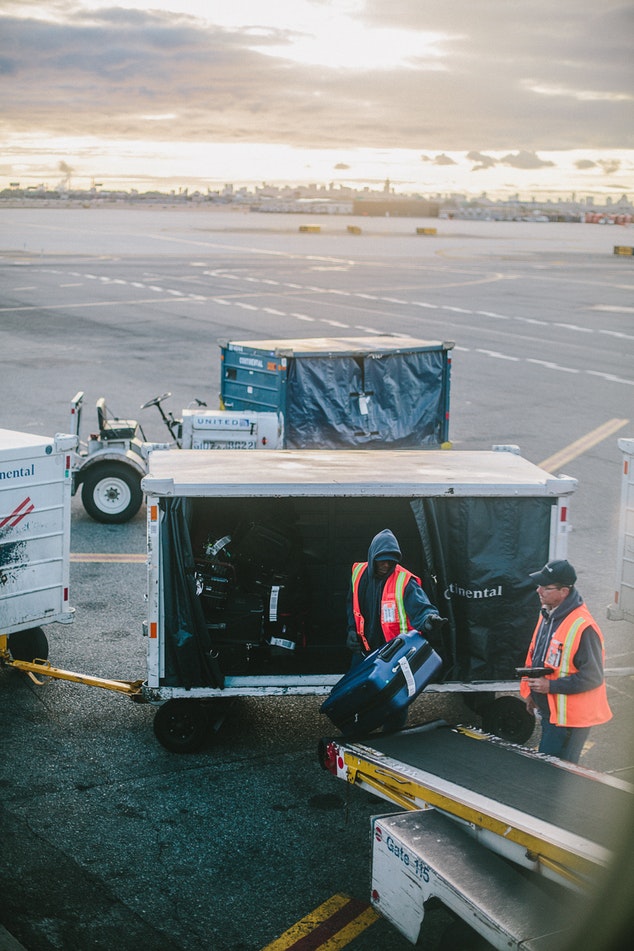There are so many ways to travel. Driving, flying, sailing, taking a train or even take one of my personal favorite methods of conveyance the monorail at Disney! Of course, getting to where you need to be can be a challenge of its own particularly a situation involving an injury. A knee scooter is the perfect way to remain mobile while you recover.
One of the questions we get asked most at Rent A Knee Walker is "can you fly on a passenger airliner with a knee walker?".
The answer is: certainly!
Fortunately for many people, their favorite method of transportation during recovery will be able to come with them on the journey. As knee scooters are considered medical equipment, they are treated in the same manner as wheelchairs and walkers.
You are allowed to take them to the gate and then a flight attendant can assist you to your seat if needed. And again since it's medical equipment, there are no additional baggage fees or costs. |
 |
We have some tips that will make traveling with a knee scooter the most pleasurable experience possible. Some individuals even use the time they are healing to go on holiday! There has never been a better time to travel than with one of our knee walker rentals so be sure to check those out as well!
Let’s look at some of the tips for flying with a knee walker.
Leg Space Is Important
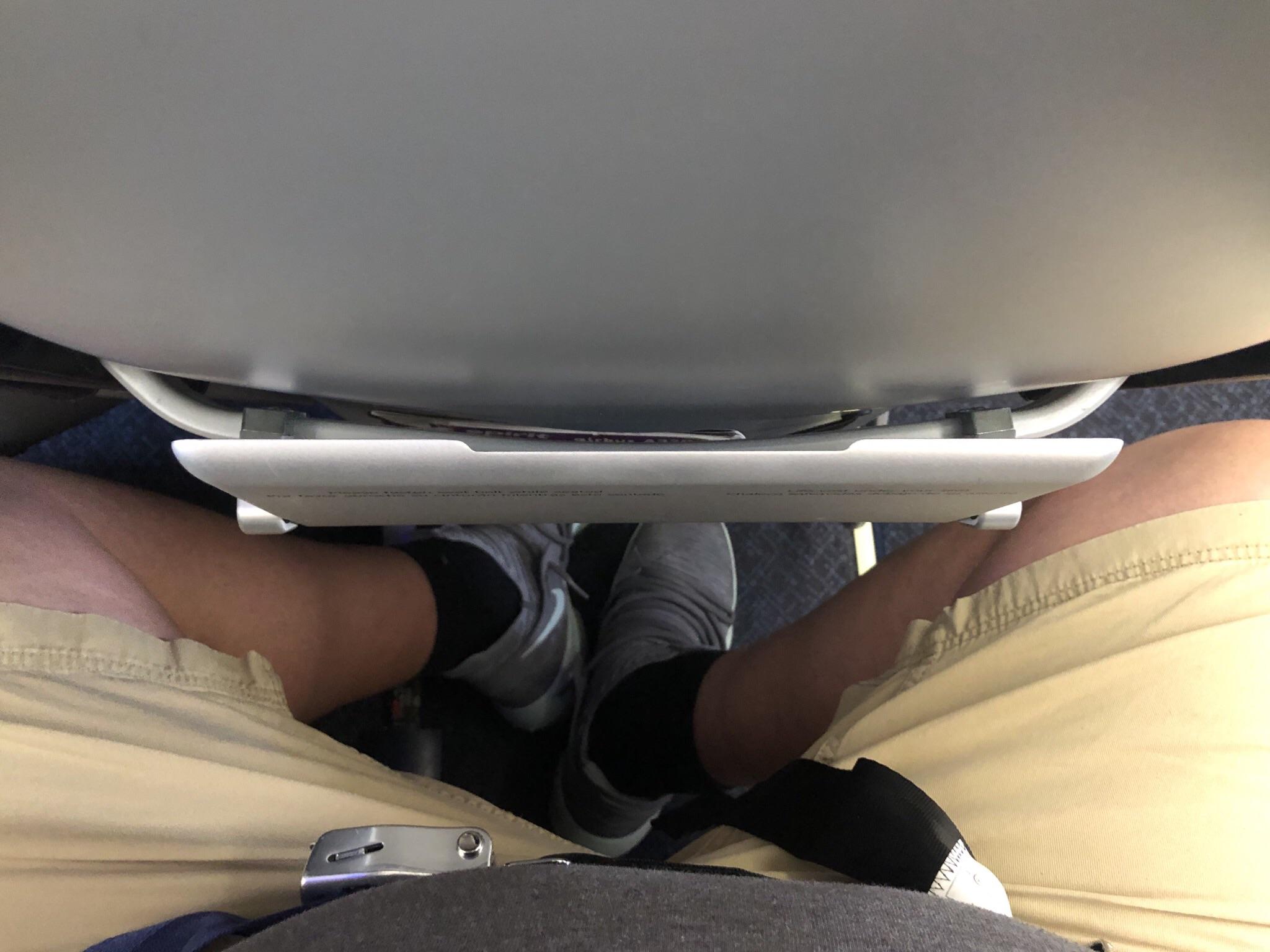 |
When we think of jet airline travel, we think of confined space for extended periods of time and uncomfortable seats. Depending on how lucky you are there may be an open seat next to you, but this rarely happens especially on well-traveled routes.
Although airlines try and tout their newest aircraft and 1st class comfort seating most of us won’t be able to afford it.
Not only that but after just having a surgery the last thing anyone needs is another high expense, so traveling in economy makes the most sense. |
Having plenty of leg space when you travel after an injury is important. If you are crammed into a seat there is more of a chance to potentially bump the cast or inflamed area into areas surrounding the seat. I remember even sitting at the front of the plane every little turbulent bump was felt especially after surgery. Even a minor bump was felt and believe me it's not a pleasant feeling. Add to the fact that if my 6 foot 6 frame had to sit in a smaller seat configuration then the trip would have been made much worse.
Turbulence will usually mean movement of you and everyone else in the aircraft. Due to the constant movement the possibility for a bump or two can be very real. This is why getting that front seat is all important when flying with an injury. It doesn't help that airlines are already making airline seats smaller so set yourself up with the best seat in order to avoid the situation in the photo above.
Related Story: Traveling with a Knee Scooter
Booking The Right Seat
After you have done a preliminary search of airlines that you want to travel on try and book yourself a bulkhead seat. The bulkhead is at the front of the plane and offers extra leg room. The bulkhead seat has saved me on countless occasions. Being 6”6 conventional airline seats are much too small for my body size. Usually the only economy seats that I fit in are exit row or bulkhead seats. This is the best seat on a plane for someone who is injured. Why is that?
The front of the plane is the first to disembark. You are already injured and will likely be allowed on the plane first before anyone else as you require assistance. |
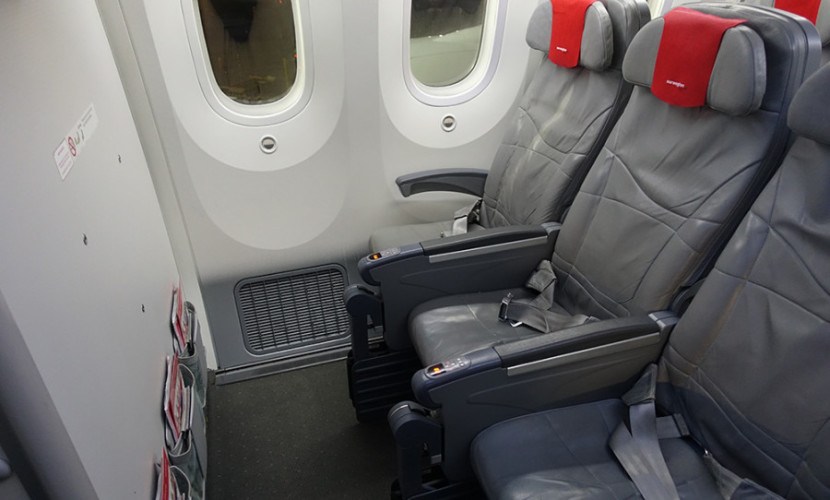
|
Being the first one to disembark the plane is nice but rushing sometimes isn’t the best option with an injury.
There are plenty of benefits of being right up front in that you can store your knee walker right near you in plain sight. The added benefit is that you are also near the lavatory in the jet. I can’t tell you how significant this is due to turbulence and other factors that could lead to falls on an aircraft if you’re not careful.
Now depending on if you choose to disembark first you can do that, but you can also choose to be the last one off and that has its benefits too which we will touch on.
Worst Seat for An Injured Person On A Plane?
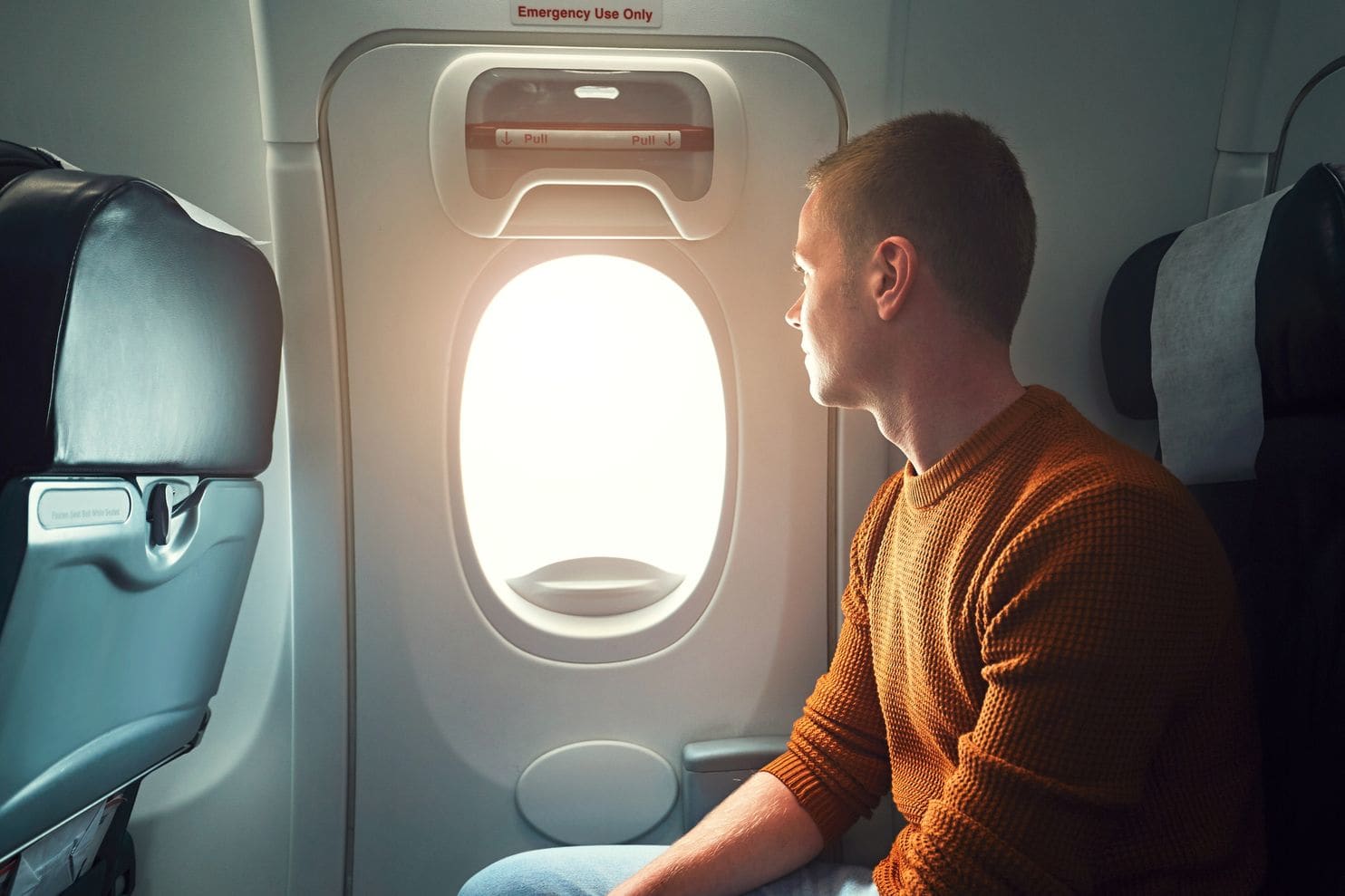
|
Another point to be made is that earlier we talked about exit row seats. It is likely that most airlines will not allow you to sit in an exit row if you are injured.
The reason behind this is right in the name (Exit Door) it says that for a reason. This is a rather heavy door and you need a physically fit person in that seat in order to throw the door out the side and assist helping people off the aircraft in the event of an emergency. In case of a ditching event where the aircraft lands on water this would be bad news for you as everyone is clamoring for the exits.
So, at the end of the day airlines will likely not allow you to sit in one of those seats when you have an injury. |
Other places to avoid sitting include:
|
Window Seat – Don’t sit at a window seat, as tempting as it can seem make sure to choose an aisle whenever possible to avoid climbing over people when needing to stand and sit down. |
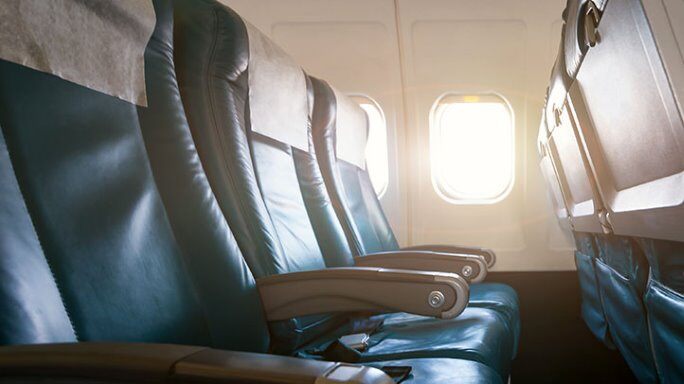
|
|
|
Middle of The Plane – Having to travel up and down the aisles of a plane with an injury is dangerous in flight. Choose either the front of the plane or last row towards the rear as both of those areas are near the lavatory. |
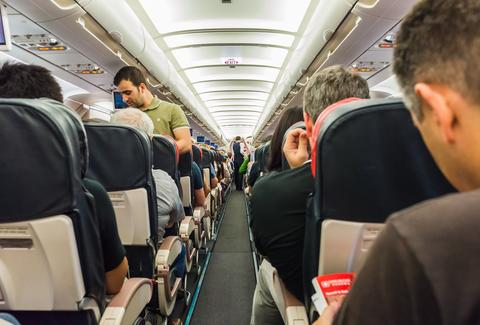 |
|
|
Center Seat – Again like the window seat if the aisle seat is available always take it. A lot of planes have three seats per aisle so to avoid climbing over a person or having to maneuver into an awkward position with your injury aisle seating is the best option. |
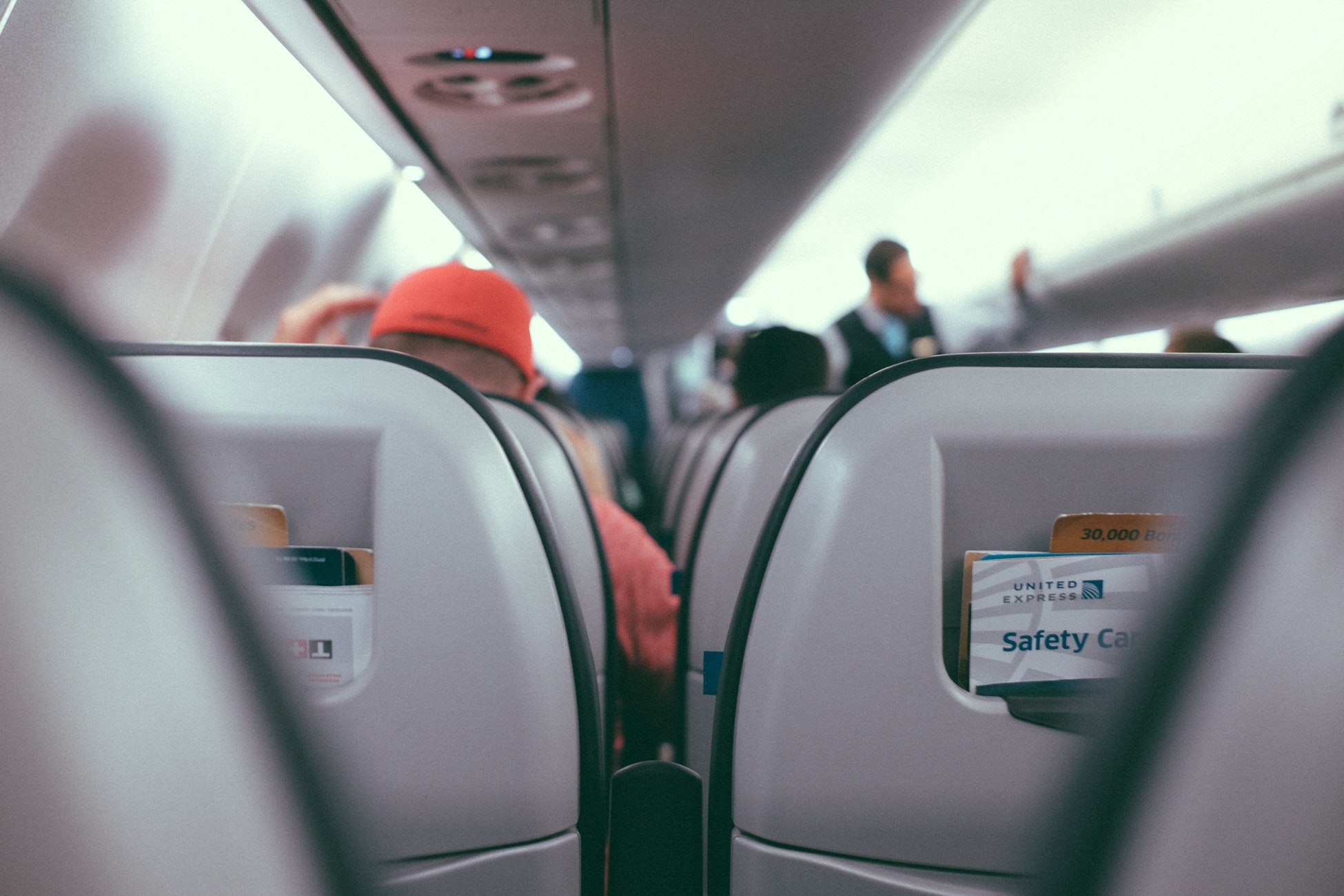
|
|
|
|
|
|
|
|
|
| Ready for a Knee Walker? |
|
| I want to... |
|
I want to... |
|
or
|
|
|
Choose this if you'll need it for
6 weeks or less
|
|
Choose this if you'll need it for
more than 6 weeks
|
|
| I already have a knee walker |
|
|
|
Extra Legroom Seating
Regarding extra legroom seating it is advised that you will want an aisle seat so that you won’t have to slide past people to the window seat. It depends if the aircraft is a wide body or narrow jet, but many domestic jets have three seats per row, and some have two. It is still advised to sit in an aisle seat in case you need to get up from your seat during the flight.
It is highly advisable that you visit the restroom prior to boarding your flight. Have you ever been in an airplane lavatory? They are some of the most cramped places I have ever been. Again, I am tall so actually attempting to go the restroom is one of the more difficult tasks to face on a plane. Take the advice and go before you get on board.
If you have no choice but to get up, make sure you have the assistance of one of the flight steward or stewardesses and they will assist.
Let Airlines Know About Your Needs
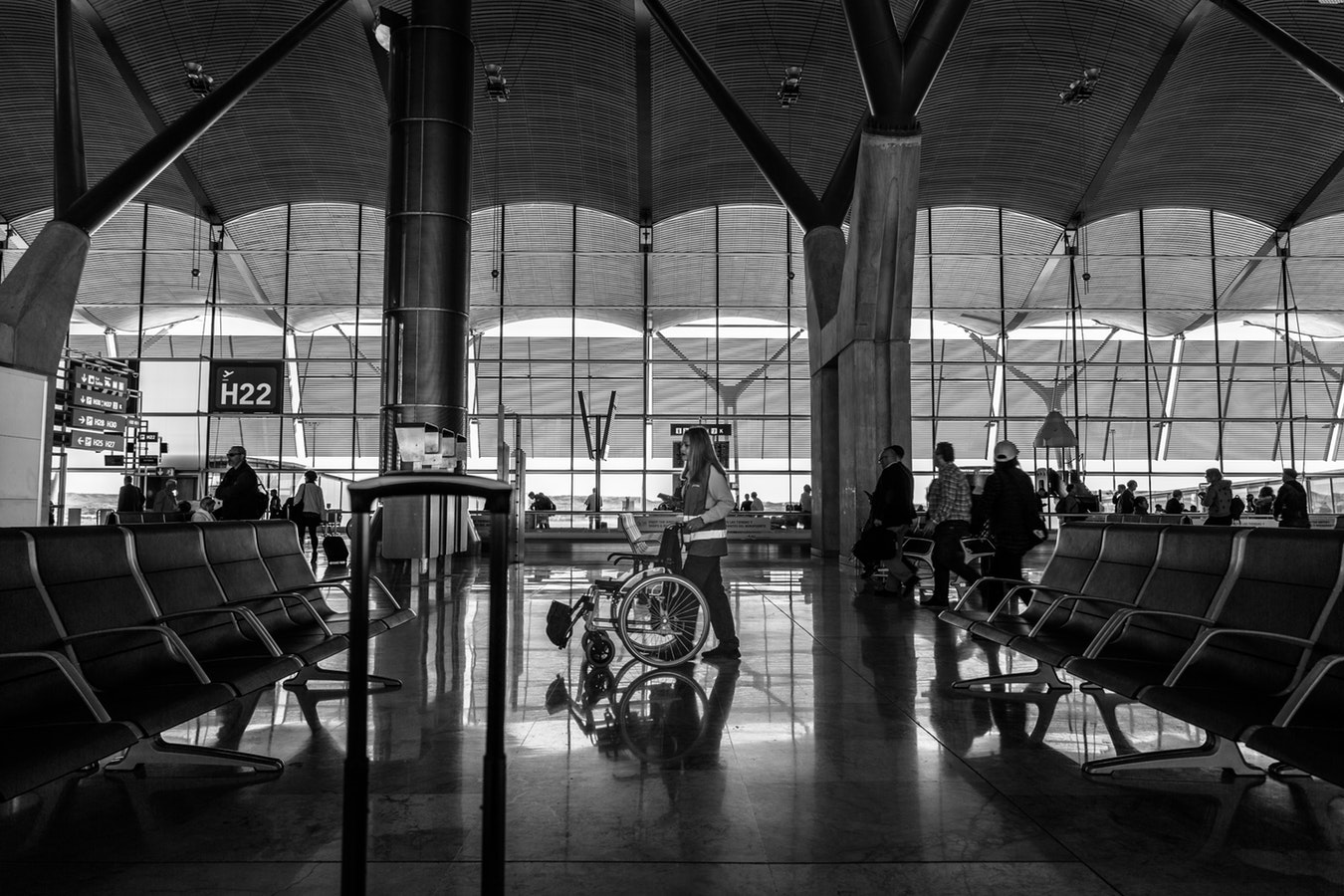
|
The airlines can differ slightly on the knee walker policy but its important to call the airline directly and let them know the situation. If the airline is made aware of assistance required, they should have no problem taking care of the requests made. These agents deal with this on a daily basis so don’t be afraid to ask them questions.
Flying with a knee scooter is a unique experience and we want to make sure its as pleasurable as possible.
If the knee scooter is a Swivelmate Knee Walker it’s easy to pack away however bulkier models like the Orthomate All-Terrain Knee Scooter or KneeRover All-Terrain Knee Walker take up more space and can be tougher to stow. |
Give Yourself Extra Time
When you get to the airport give yourself plenty of extra time considering the current situation. Its important to be at the gate early enough to take advantage of the preflight boarding.
Airlines will let disabled, handicap and veterans board first. The preflight boarding procedures for people with disabilities is very accommodating. Its nice not to be rushed with an immense quantity of people clamoring to get on board. There is plenty of time to talk with the flight crew about the situation.
Sometimes the flight crew will let you sit with the knee walker but other times they may need to put the knee walker where the strollers get parked.
Stowing Your Knee Walker for Flight
Be sure to show the TSA how the knee walker folds down. Many people assume that they will be able to carry the knee walker on board but this is simply not the case. It will more than likely require the item to be checked and put in the hold.
If you have ever sat at the window seat on the left side of the aircraft you can see the crew taking wheelchairs, strollers, knee walkers and any other items left on the gangway to the cargo hold and this is where it will be stored.
During the flight regular movement caused by turbulent air can cause the aircraft to bounce around. In the cargo hold not all items are secured like they would be in the cabin so occasionally a knee walker can get banged around during flight.
We will go over this more in depth during our worst case scenario section but for the the crew usually take good care of medical equipment. |
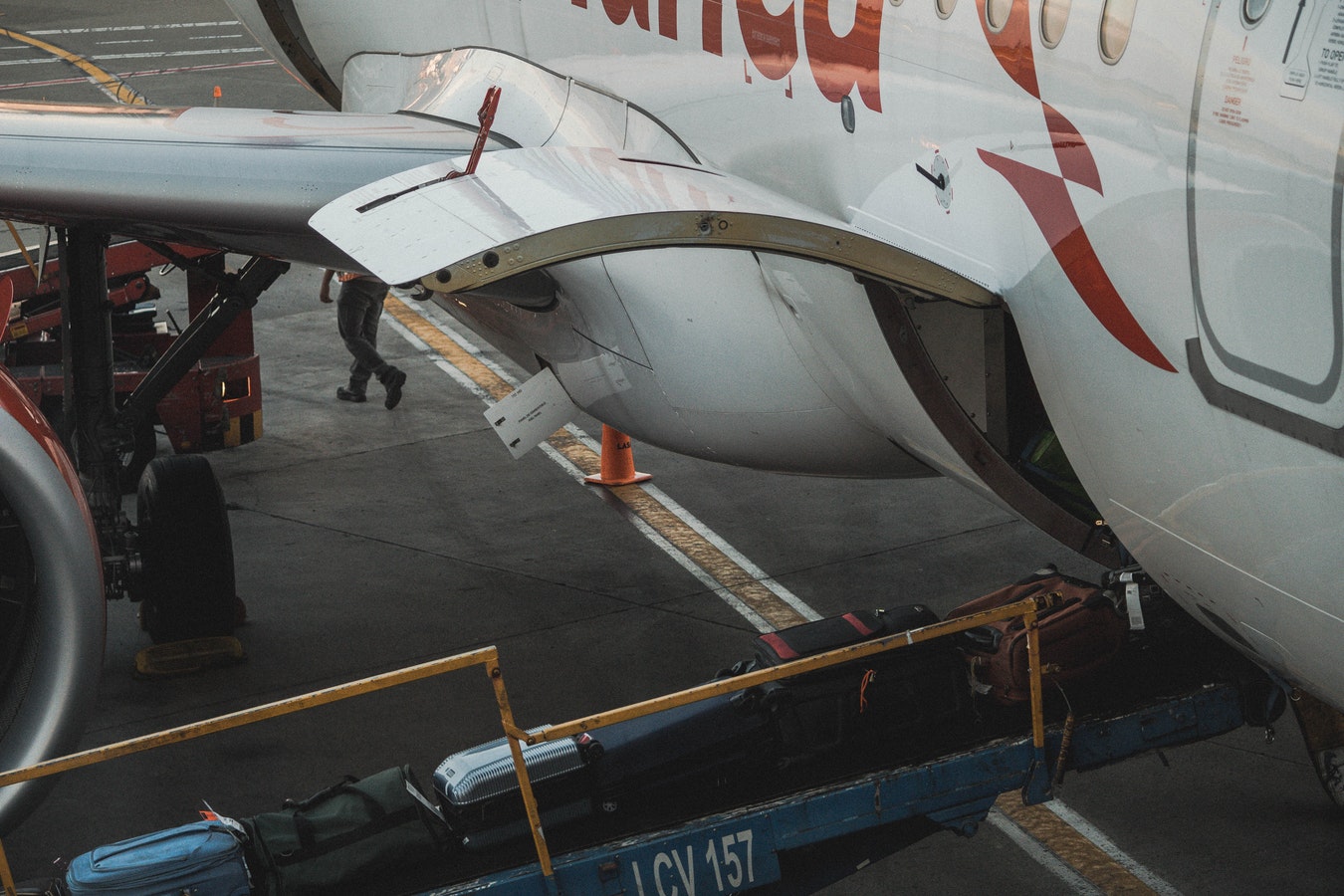
|
Storage On Small Aircraft
Additional carriers specifically the ones that fly smaller planes will also need to store the walker in the hold. If you work the logistics out ahead of time with the flight, there should not be a problem. On a lot of twin engine propeller aircraft the cargo hold is in the rear of the plane. When embarking on the journey just the crew will see your knee walker but make sure to let them know you need it after the flight and they will provide it for you.
For others who need a wheelchair this can easily be set up with the airline as well. We see this a lot at airports where the airline coordinates with a team member to push a passenger in the wheelchair. This is absolutely an option if you don’t want to bring your knee walker to the gate. There is the option to check the walker and store it for the duration of the flight.
Again, just know that if the walker gets checked you will not receive it until disembarking the aircraft and traveling to the baggage claim area of the respective airport. |
|
Disembarking
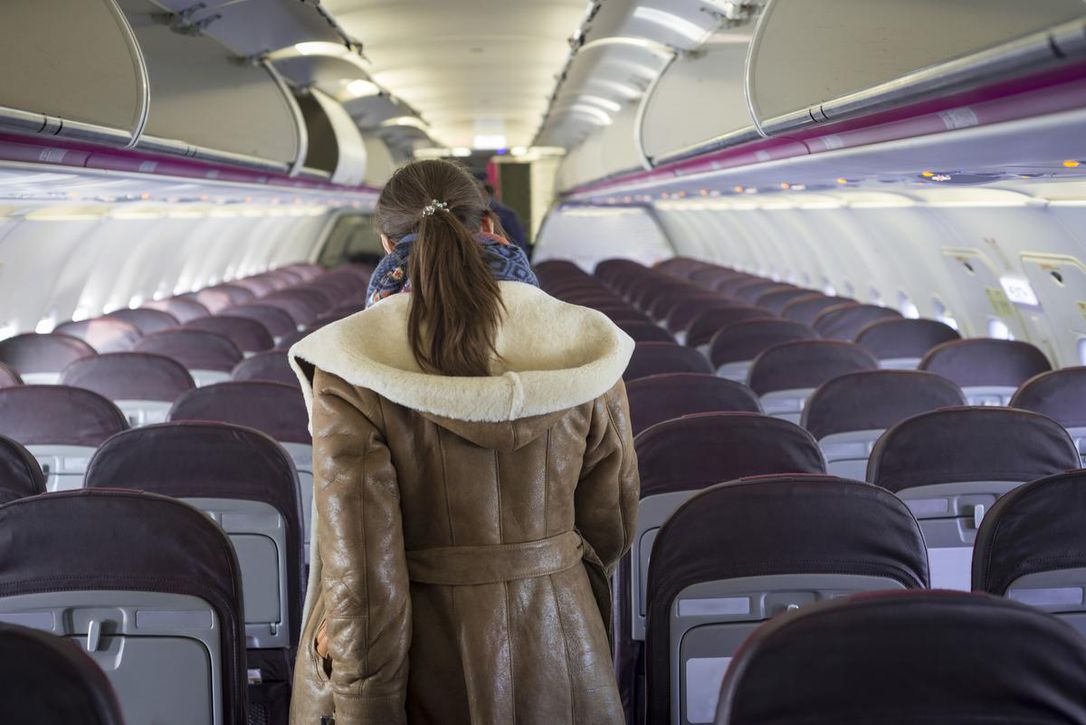
|
When a plane lands it must taxi to the gate. This can seem like the like the longest experience of the flight. There might be loved ones waiting, you might be excited to get to the hotel, returning from that business trip and simply can’t wait to step inside your home.
The point being is this part of the journey stinks. All you want to do is disembark the plane, but you can be waiting for an additional period of time. How frustrating is it when the plane arrives early only to be told the gate isn’t ready yet!
|
Here is a piece of advice have patients and be the last one off the plane. With your disability you may have to wait a bit longer but trust us the wait is worth it.
By letting others disembark first you clear out an enormous chunk of the plane that would be waiting behind you if you’re the first to disembark. If you have a serious injury, we recommend just waiting for everyone to disembark first. By doing so there is no rush to get off the aircraft.
By rushing that’s when falls and bumps can happen. Disembarking last gives you a calm atmosphere as the flight crew brings you the knee walker. A few extra minutes is not much to ask for, but we understand it can be frustrating when the line to get off the plane seems endless. Its better to be safe than sorry though so we recommend taking your time.
The recovery process is a slow and steady so just like the recovery process take the unhurried and vigilant approach to everything you do.
Traversing The Airport With A Knee Walker
Airports are vast and it can be a hassle getting through even without a knee scooter. There are many checkpoints and ways to get lost at some of the larger airports. In our very own Orlando International Airport there are even trams separating the terminals to the gates. There is a lot of movement involved with getting from one place to another.
The point being is that you want to be as comfortable as possible. Gliding that knee scooter across the airport is so much more convenient than having to crutch your way long distances.
There are alternative crutches which make movement comfortable but using a knee walker is much smoother.
|
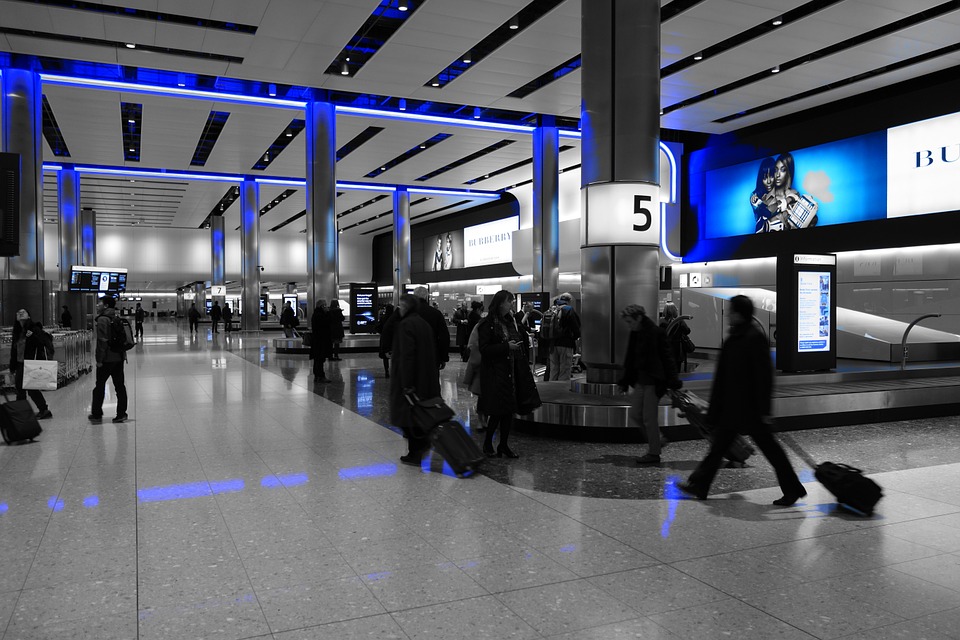
|
Worst Case Scenario - The Airline Damages Or Loses It
Although very rare, we have had this happen to customers a handful of times over the past decade. It normally happens from mishandling by a baggage handler and it gets dropped or a part gets bent from items moving during flight. You will need to report it to the gate agent and they will assist you in filing a claim. As a knee scooter is medical equipment, they are normally very prompt in getting the situation remedied. It may be anything from a small part needed to the extreme of needing another unit.
Luckily so far, each time this has happened to our customers the airline has always promptly replaced or repaired the unit. Your travel insurance or credit card, such as American Express, may even provide additional coverage for these situations.
We found that just because you are limited with an injury, it just takes a little more time to get things done. If the plans have been coordinated ahead of time the flight should be a nice smooth ride unless you hit weather, but we can’t help that! From everyone at Rent A Knee Walker here is to wishing you a speedy and safe recovery!









